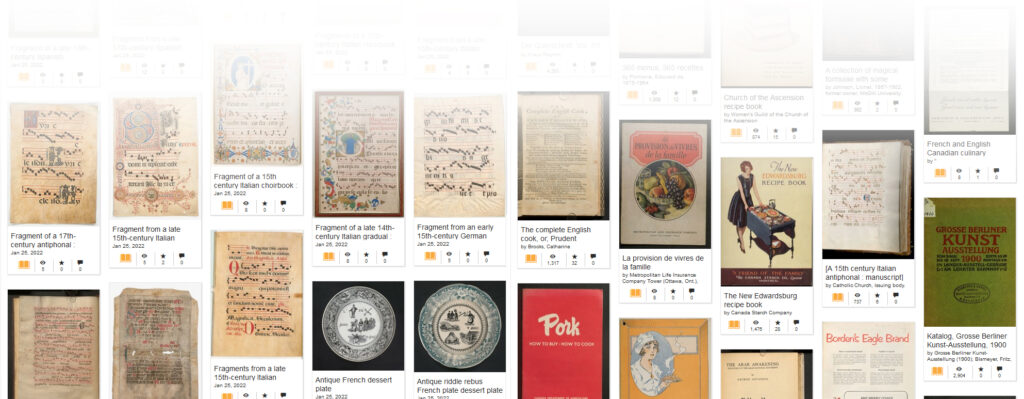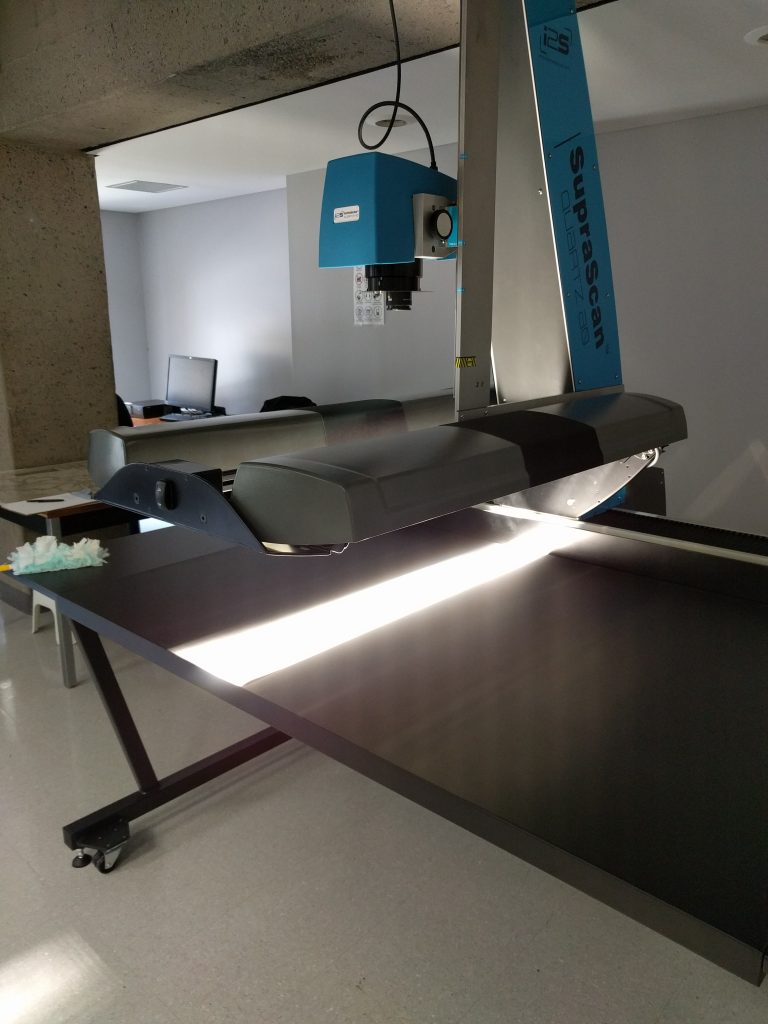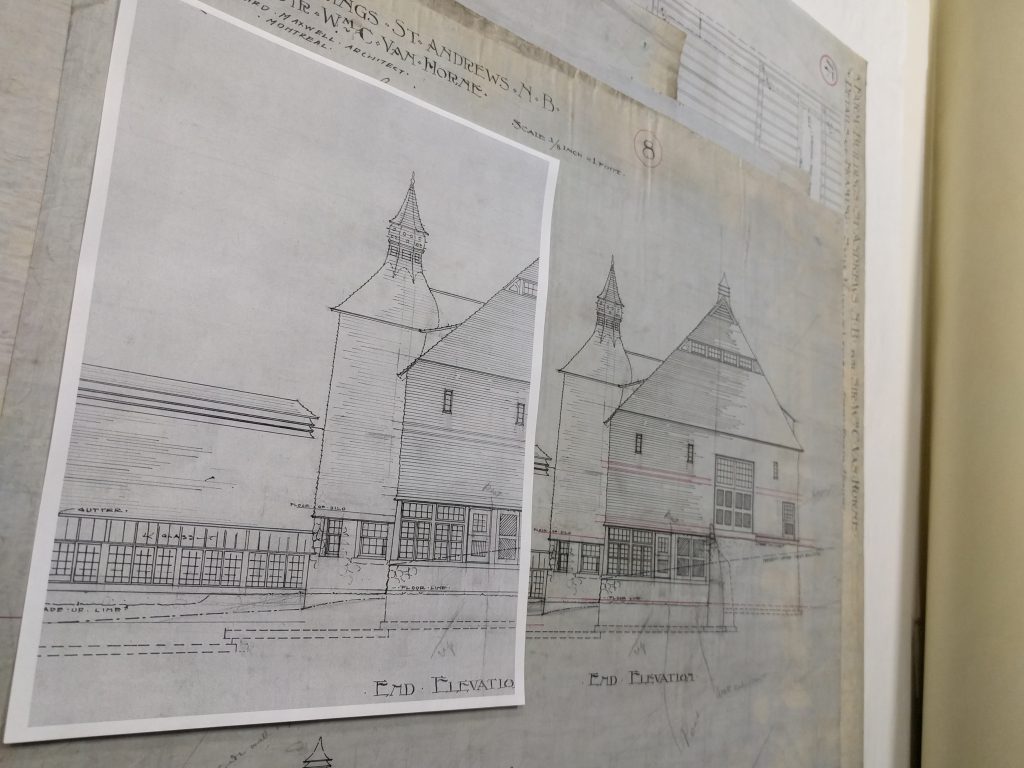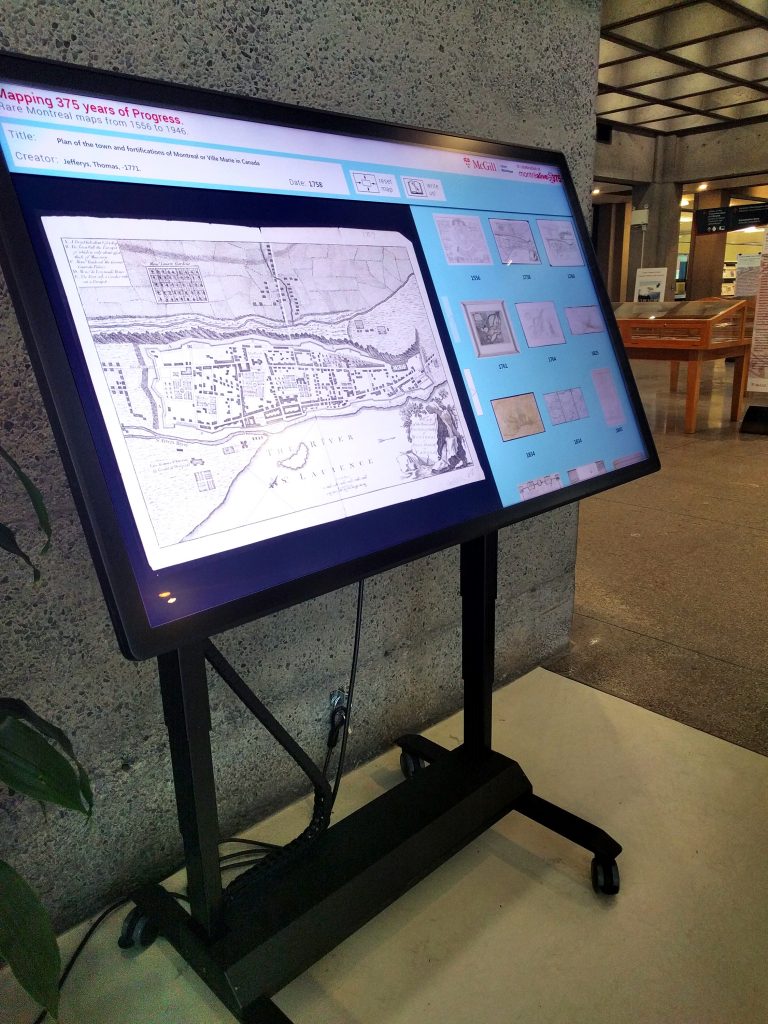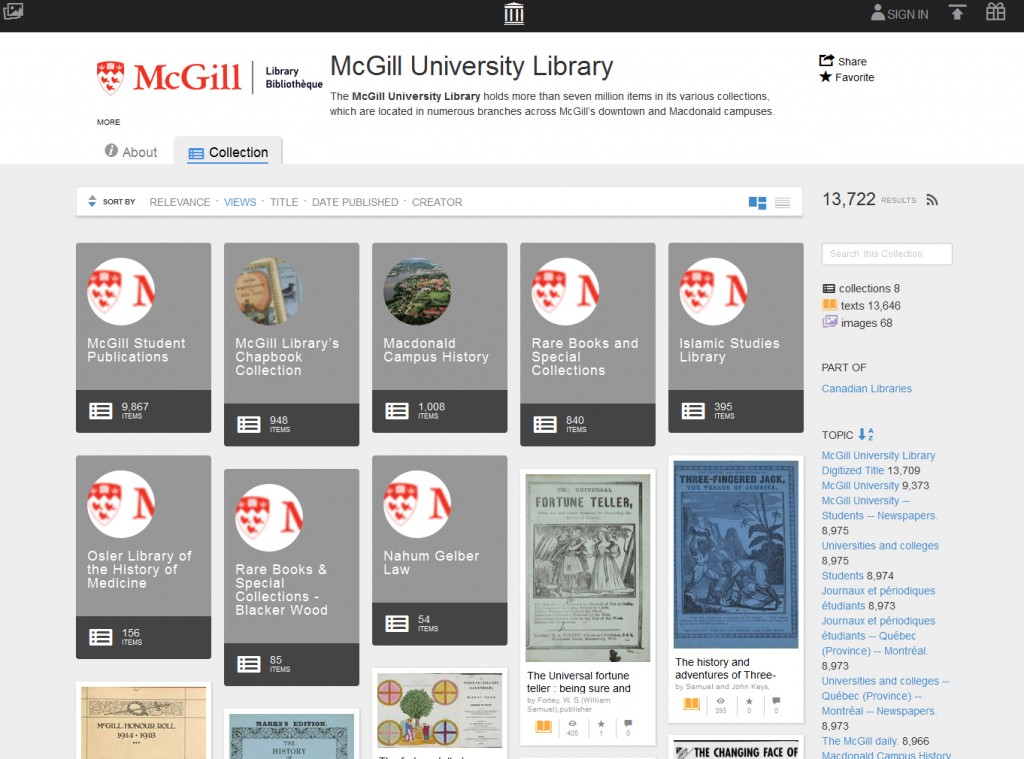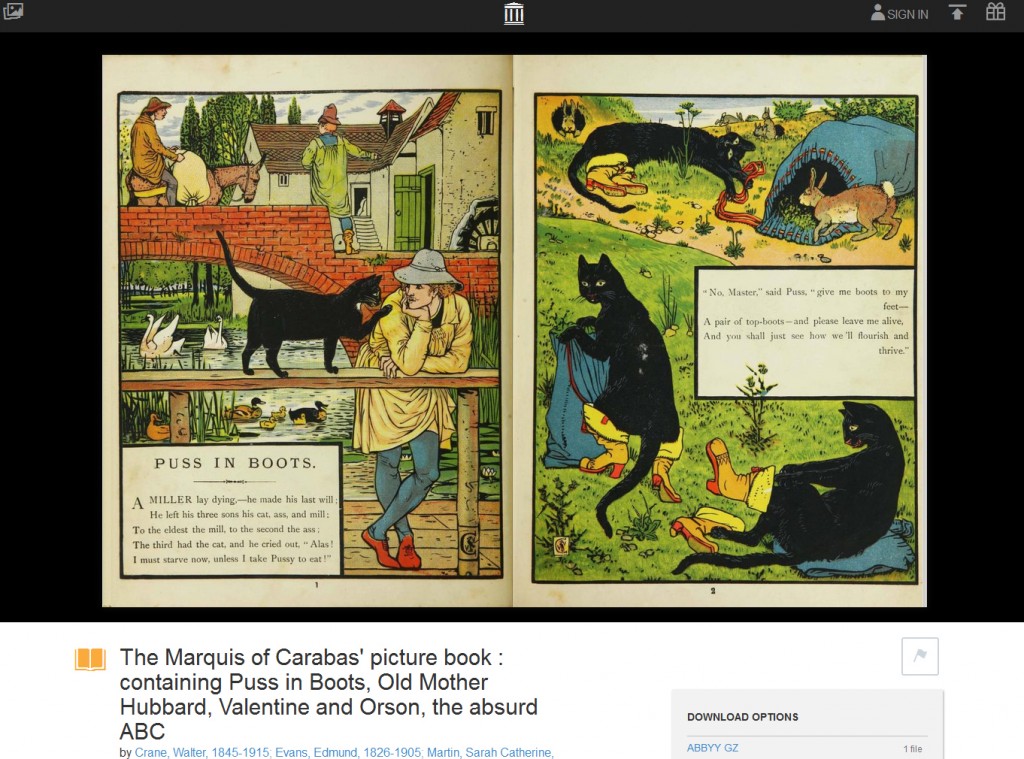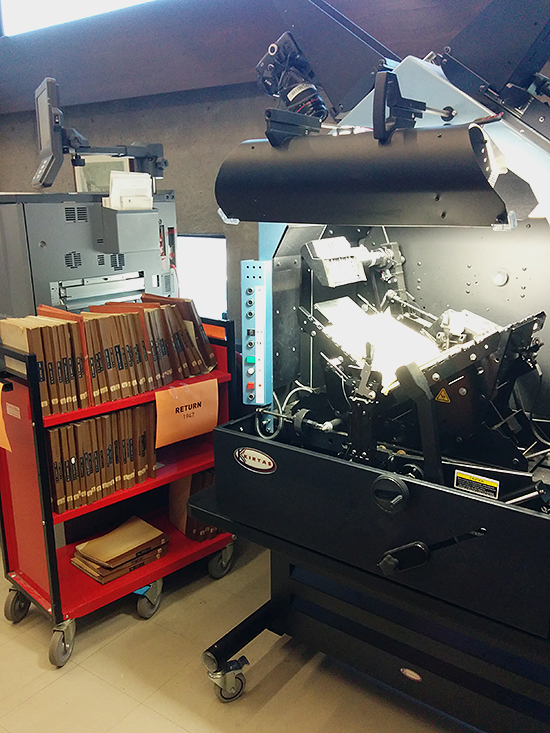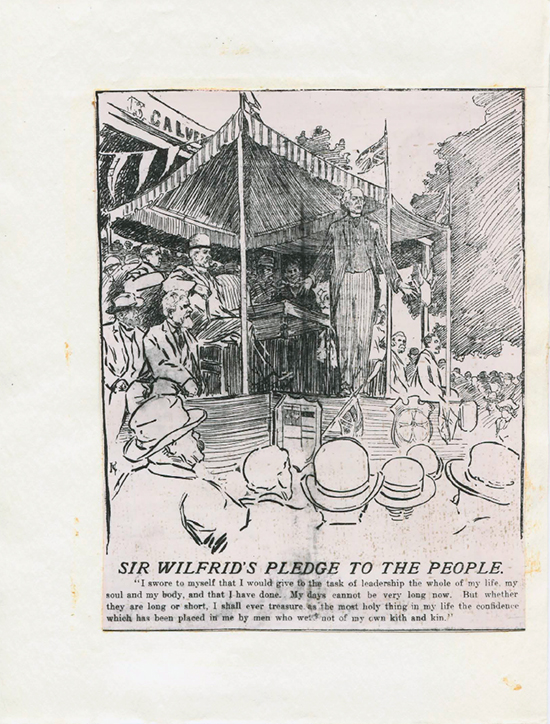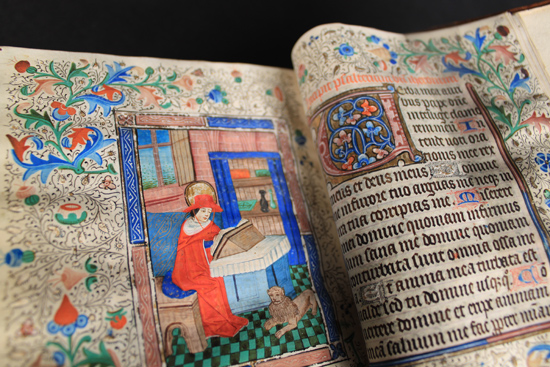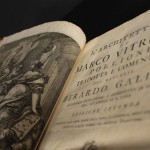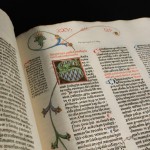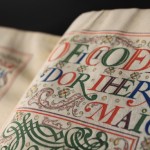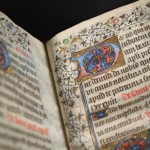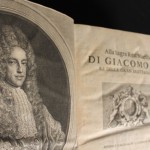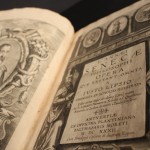Although we’re already well into 2025, it’s worth taking a moment to reflect on the remarkable accomplishments of the McGill Library Digitization Lab in 2024. This year marked another milestone in our commitment to preservation, innovation, and outreach, with thousands of items digitized and several exciting projects completed.
One of the most notable achievements was the digitization of 425 on-demand requests, totalling over 107,924 pages. These requests, often tied directly to catalogue records, reflect the growing demand for accessible digital content. In addition, we fulfilled 4,296 reproduction requests, which included single scans of drawings, plates, and pages for research and publication purposes.
Our project-based digitization efforts were equally impressive, with 5,101 items and 18,049 pages digitized. Each item was linked to a record in either AtoM (our archival catalogue) or the library catalogue as an eBook, ensuring discoverability and long-term access.
Among the standout projects this year:
- Harvey Cushing Fonds (P417): Digitized over 7,609 letters, many of which are retyped pieces of Osler’s correspondence, offering a rich glimpse into medical history.
- East Asian Languages Project: Added 106 volumes in Chinese and Japanese, focusing on the history of medicine.
- W.W. Francis Fonds (P155): Began digitizing correspondence related to the Osler Library, featuring notable figures such as Maude Abbott, Edward Archibald, and Casey Wood.
- Dawson-Harrington Families Fonds (MG 1022): Completed a three-year digitization project encompassing over 17,000 letters and archival materials, chronicling the legacy of Sir John William Dawson and his family.
Digitization also played a central role in our interactive exhibitions. In the fall, we launched Deal Me In, a touch table exhibit on playing cards and games curated by Jacqueline Sundberg. The exhibit included a popular card-matching game that resonated with students. Another exhibition, Arab Exhibitions in Mandate Jerusalem: Resurgent Nahda, reconstructed the history of two landmark exhibitions held at the Palace Hotel in 1933 and 1934. This exhibition was held at the Islamic Studies Library for over 6 months.
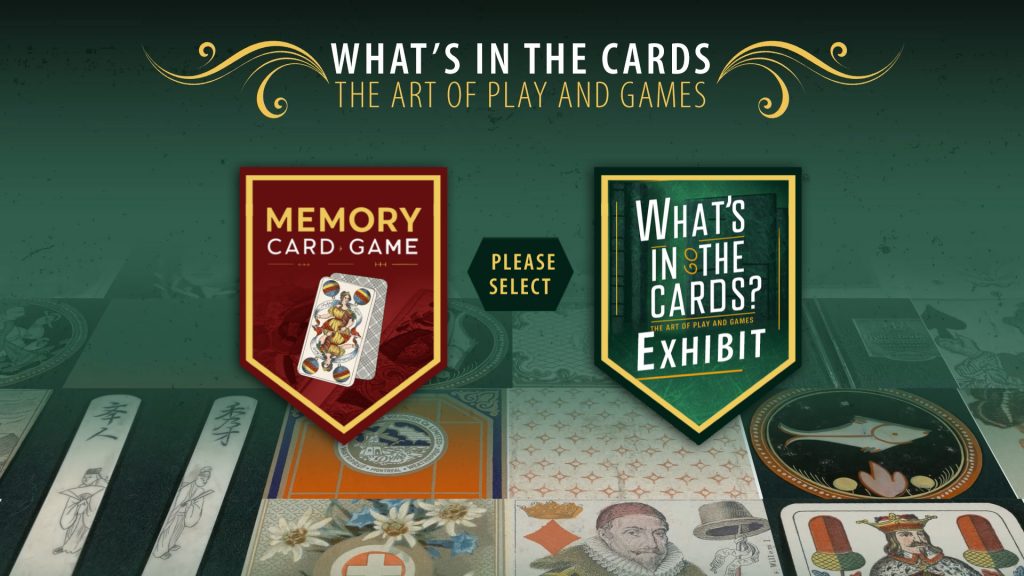

A major technological upgrade in 2024 was the enhancement of our APT 2400 robotic scanner. This automatic page-turner, equipped with a gentle vacuum system, allows for delicate handling of bound materials while maintaining high-quality reproduction. It is currently used to digitize McGill calendars, theses, journals, and research reports. The upgrade not only improved performance but also extended the scanner’s lifespan, helping us meet growing digitization demands.
We may be a little late in posting this, but looking back at 2024, it’s clear the McGill Library Digitization Lab had another standout year. It was full of exciting projects, new technology, and thousands of digitized pages that brought our collections to life.


